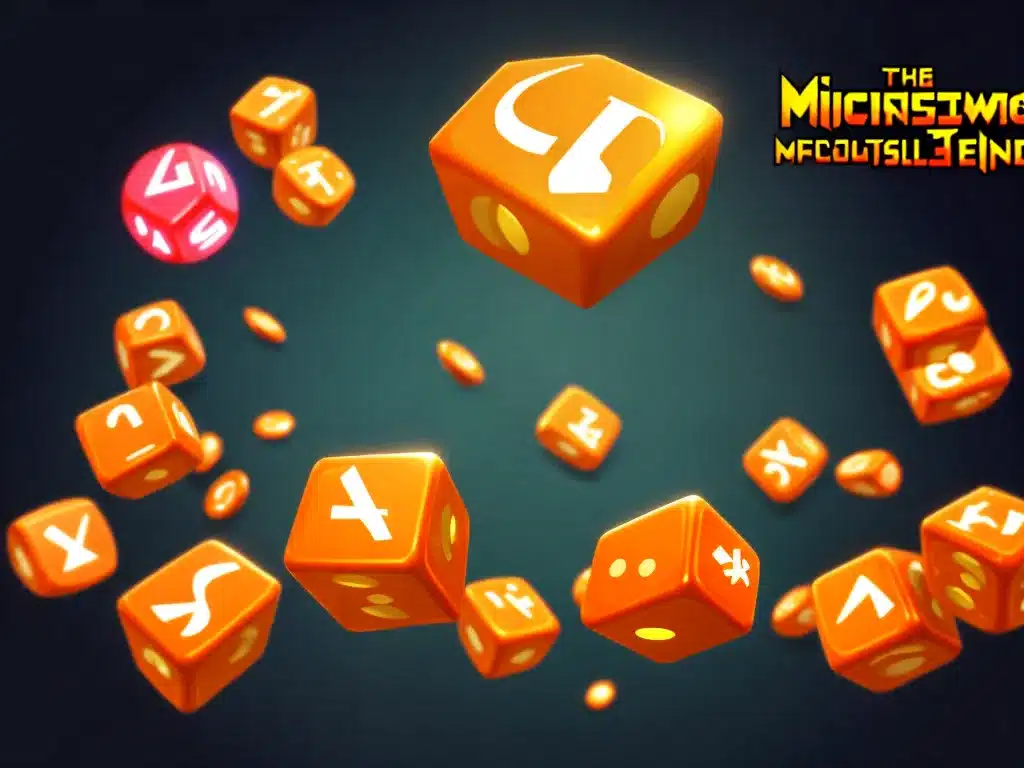
How Microtransactions Can Negatively Affect Game Design
Introduction
Microtransactions, also known as in-game purchases or downloadable content (DLC), allow players to spend real money on virtual goods in video games. While microtransactions provide an additional revenue stream for game developers and publishers, they are not without controversy. In this article, I will examine how microtransactions can negatively impact game design when implemented poorly or abusively.
Difficulty Curves Manipulated to Drive Purchases
One of the most common criticisms of microtransactions is that they can warp game difficulty and progression. Developers may deliberately make parts of a game more challenging or grindy in order to incentivize players to spend money to skip or overcome obstacles.
For example, a game may drastically reduce the amount of experience points earned at later levels, forcing players to grind for hours just to progress. Alternatively, the game may ramp up enemy strength disproportionately compared to the player’s own character growth. These types of difficulty spikes frustrate players and pressure them into spending real money just to advance at a reasonable pace.
This manipulation of difficulty curves prioritizes monetization over good game design and balance. It can diminish enjoyment of the core gameplay loop.
Content Intentionally Withheld
Another tactic is to deliberately withhold content that is already in the game code and later sell it separately as DLC. This approach carves out parts of the game to repackage as microtransactions, rather than having it available to players normally through gameplay.
For example, a game may have skins, weapons, or characters that are locked behind a paywall rather than being unlockable rewards. This incentivizes spending money just to access content that could have otherwise been included in the base game.
Withholding content that is already developed exploits player psychology and satisfaction. It limits gameplay options for non-paying customers.
Detrimental Effects on Gameplay and Progression
Abusive microtransaction models can also negatively impact core gameplay mechanics and progression systems. For example, a game may allow players to purchase top-tier weapons or max level characters outright rather than needing to earn them.
This diminishes the sense of achievement and growth from unlocking gear or leveling up organically. It also risks unbalancing multiplayer experiences when players with purchased benefits have an advantage over others.
In effect, these types of microtransactions allow you to skip meaningful parts of the game, undermining the intended flow.
Potential to Create “Pay-to-Win” Environments
In competitive or multiplayer games, microtransactions raise the specter of “pay-to-win” scenarios. This is when players can gain gameplay advantages over others simply by spending more money on items, perks, or abilities.
Even if in-game matchmaking attempts to group players of similar power levels, the very presence of purchasable gameplay boosts can breed resentment and skepticism in communities.
No player wants to feel that they lost purely because their opponent outspent them. It erodes perceptions of fair competition.
Conclusion
Microtransactions are a complex issue with many nuances. When implemented ethically, they can provide a valuable revenue stream and give players more choice. However, microtransactions also risk compromising game design in favor of profits when taken too far.
Abuses like artificially inflating grind, selling already-developed content piecemeal, undermining progression systems, or enabling pay-to-win advantages can negatively affect gameplay experiences. Game developers must strike the right balance for their audiences and business model.
At their worst, certain microtransaction practices prioritize short-term monetization over long-term player satisfaction and game health. With care and moderation, however, they can be incorporated without compromising design integrity. The devil is in the details of execution.












